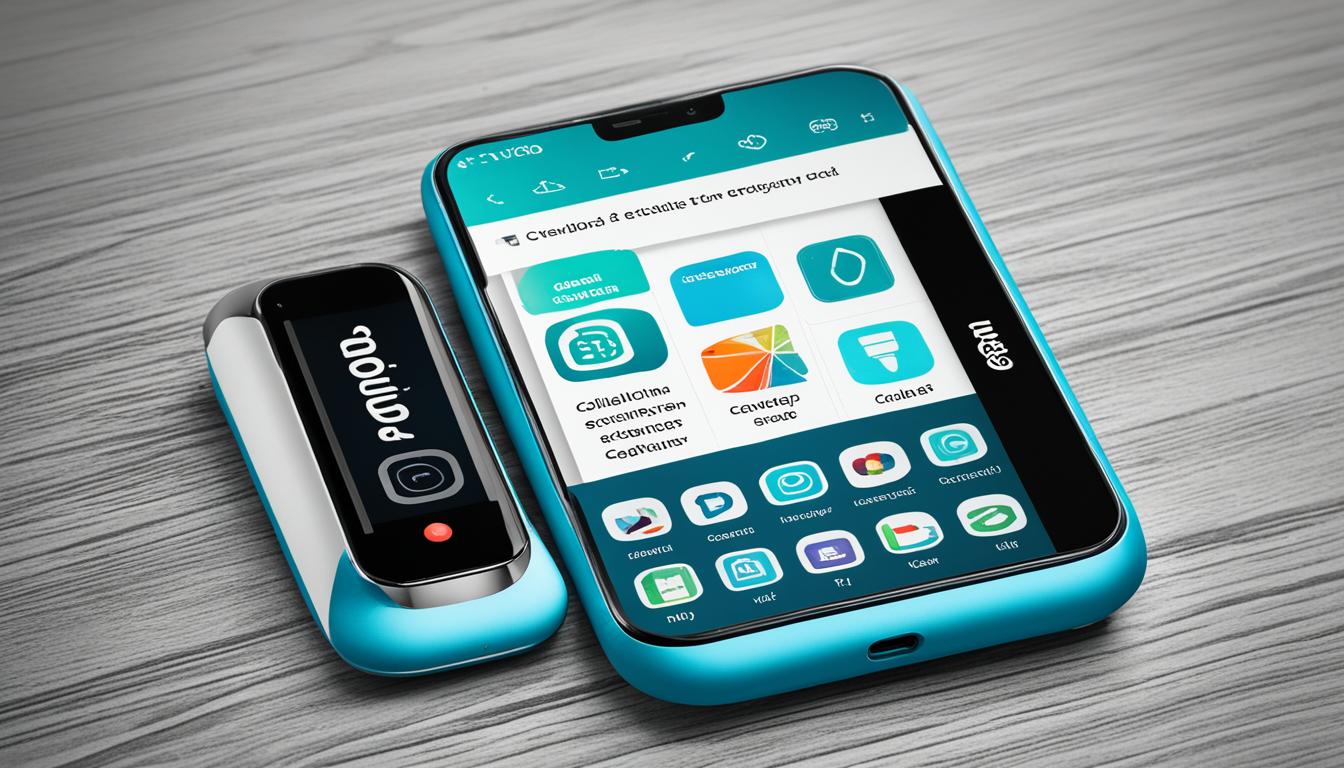
In today’s digital age, cellular devices have transformed from mere communication tools into vital components of everyday life. From smartphones to tablets, these innovative portable electronics blend advanced functionality with cutting-edge cellular technology, allowing users to stay connected seamlessly. This article delves into the myriad features and functions that define mobile phones in the modern landscape, showcasing their essential roles in mobile computing and the evolution of network technologies.
Through a detailed examination of key topics—including operating systems, the significance of applications, and the impact of wireless connectivity—readers will gain a comprehensive insight into the sophisticated world of cellular devices.
Key Takeaways
- Cellular devices have become essential for communication in today’s fast-paced world.
- Smartphones and tablets leverage advanced technologies to provide numerous functions.
- Operating systems like Android™ contribute significantly to user experience and app diversity.
- Security features in mobile phones are crucial for protecting user data.
- Wireless connectivity enables seamless interactions with other devices.
Introduction to Cellular Devices
Cellular devices, commonly known as mobile phones, represent a significant leap in communication technology. These handheld devices allow users to engage in voice calls, send text messages, and access the internet on the go. The evolution from analog systems to digital technology marked a pivotal change in how people connect with one another and access information.
In the United States, a typical analog cell phone system can utilize roughly 800 frequencies across a city, with each cell employing one-seventh of the available duplex voice channels. This system allows a large city to host hundreds of cell towers that provide extensive coverage. Interestingly, modern digital mobile phones can communicate on 1,664 channels or more, thus enhancing connectivity and call quality.
Handheld devices have become an integral part of daily life, especially among youth. Recent statistics reveal that around 72% of US teens are active text message users, demonstrating the critical role mobile phones play in communication. A typical texter sends and receives about 50 texts daily, amounting to 1,500 texts per month. The prevalence of cellular devices in this demographic underscores their importance in fostering relationships and staying connected.
The advent of communication technology has transformed the landscape of information exchange. For instance, a 1964 study indicated that there were 1.5 million mobile phone users in the US, a number that has skyrocketed in the years since. The first cellular call made by Martin Cooper of Motorola using a prototype handheld cell phone exemplifies the groundbreaking advancements in the field.
As technology continues to mature, cellular devices remain at the forefront, allowing people to stay connected in an increasingly fast-paced world.

What are Cellular Devices?
A cellular device refers to any electronic gadget capable of communication through a cellular network. This broad category includes smartphones, mobile phones, and tablets, all of which interact via mobile data and voice networks. The rise of smartphones since the late 2000s marks a significant evolution in portable electronics, with these devices often being the most commonly sold mobile devices globally.
Modern cellular devices integrate essential components, facilitating a range of communication methods. These include a display, battery, microphone, and speaker, which work together seamlessly. By the early 2010s, advancements in technology allowed for the integration of sensors like accelerometers and gyroscopes, enhancing functionality through the detection of orientation and motion.
In the medical field, mobile devices are now essential tools for accessing important clinical information such as medications and treatment protocols. Furthermore, the gambling industry has seen mobile phones incorporated with casino games, raising concerns regarding potential illegal gambling activity. Such examples illustrate how cellular devices have transformed industries and daily life.
Cellular devices today provide a plethora of services beyond basic voice communication, including email, internet browsing, digital cameras, SMS, and multimedia applications. Despite their smaller form factors, which offer portability, these devices pose security risks compared to traditional laptops. Organizations often implement security measures like encrypted data storage and activation of security features to mitigate vulnerabilities.
The first recognized cell phone virus, Cabir, appeared in 2004, highlighting potential security concerns within mobile systems. Cell phones’ ability to serve as modems unintentionally exposes them to unauthorized data transfer, thus amplifying the need for stringent security protocols. Bluetooth technology, while valuable for wireless communication, necessitates authentication to prevent unauthorized access.
As cellular devices continue to advance, they play an essential role in shaping our interactions with the world. From providing educational resources in the military to catering to specific user needs through mobile applications, the impact of these devices on our daily lives is undeniable.
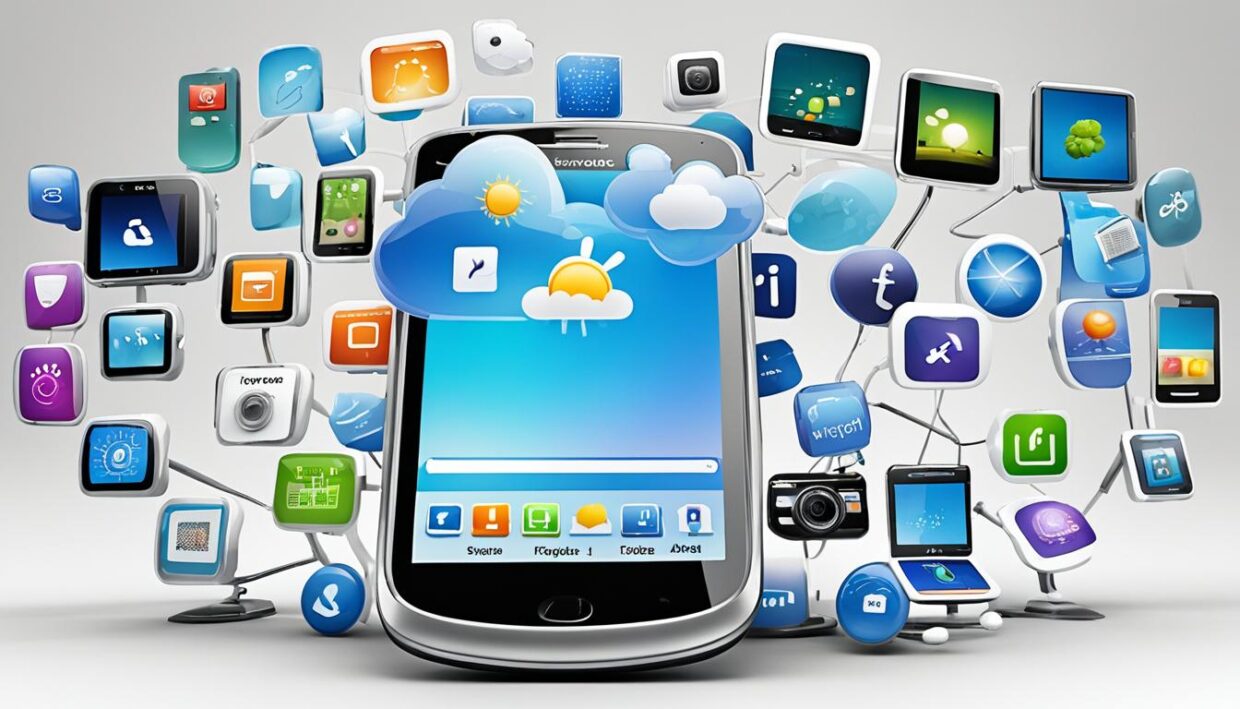
Understanding the Technology Behind Cellular Devices
The intricate world of cellular technology forms the backbone of modern mobile computing. Cellular devices such as smartphones and tablets rely on advanced mobile networks, allowing users to communicate seamlessly across vast distances. Each device connects to these networks through radio waves, which enables the exchange of data and voice communication.
At the heart of cellular devices is the digital signal processor (DSP), responsible for converting audio signals and ensuring high-quality sound for calls and multimedia. This component exemplifies the innovations in hardware designed to enhance user experience. Mobile operating systems play a crucial role as well, managing the interplay between hardware and software. They enable users to interact effortlessly with various applications, further enhancing the functionality of mobile phones.
With the number of smartphone users worldwide surpassing 3 billion, the demand for efficient mobile computing solutions continues to grow. Technologies such as 4G have set the stage for unprecedented speeds, offering 10 times the performance of 3G networks. The introduction of 5G technology marks another leap forward, providing speeds approximately 20 times faster than 4G while increasing bandwidth capacity.
The evolution of mobile networks also supports innovations like edge computing, which refines response times and boosts bandwidth availability. The adoption of mobile IoT applications signifies a shift in how industries utilize cellular technology, with a focus on enhancing connectivity for portable devices. This shift facilitates the effective sharing of data, contributing to productivity and convenience across various sectors.
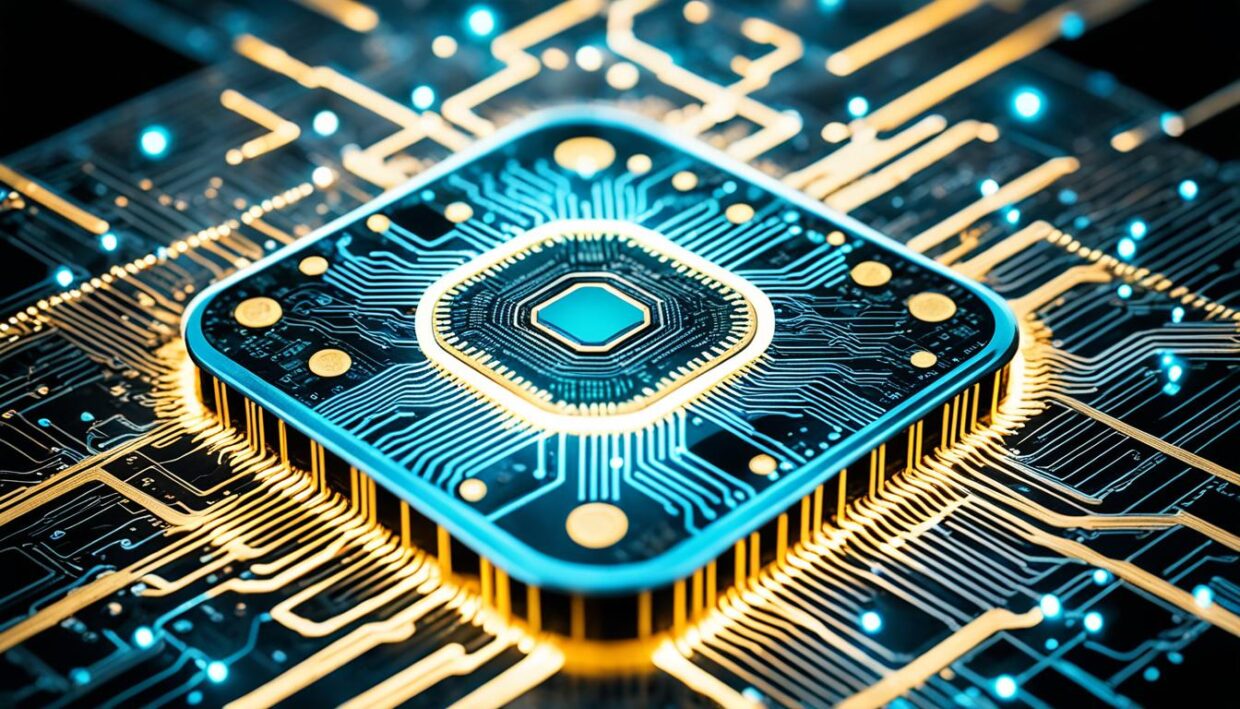
In summary, understanding the technology behind cellular devices reveals the complexity of the systems enabling mobile computing. The significant advancements in cellular technology, coupled with the rapid growth of mobile networks, continue to shape how individuals and businesses interact in an increasingly digital world.
Key Features of Smartphones
Smartphones represent the pinnacle of cellular devices, showcasing an impressive array of features that enhance user experience. These mobile phones come equipped with high-resolution displays that provide vibrant visuals, making them ideal for streaming, gaming, and browsing. OLED screens are increasingly favored due to their superior contrast and energy efficiency compared to traditional LCDs.
Powerful processors are another hallmark of modern smartphones, enabling smooth multitasking and efficient app performance. Models from brands such as Apple, Google, and Samsung frequently include advanced camera systems that deliver stunning photos and videos, often incorporating features like night mode and digital zoom.
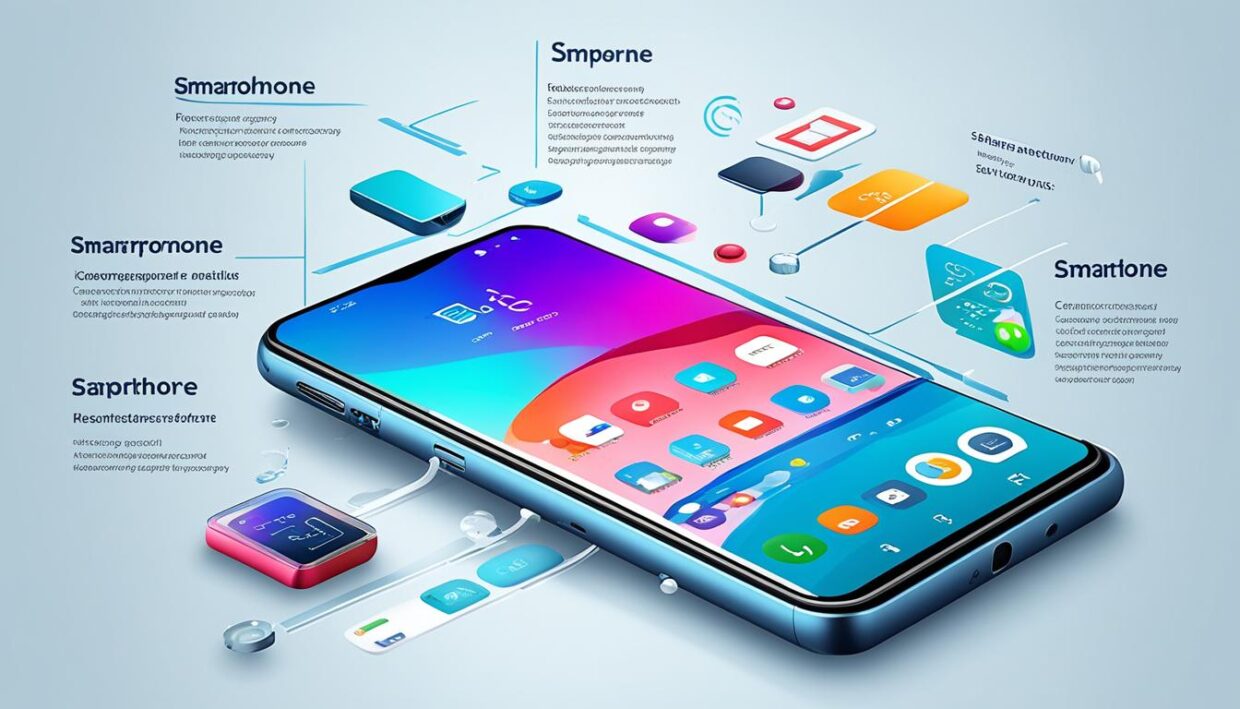
Security has become paramount in smartphone design. Many devices now use biometric security systems, such as under-screen fingerprint readers and face unlock technology. This focus on security aligns with the increasing amount of personal data stored on these cellular devices.
Smartphones also support an extensive ecosystem of applications. Users can easily download diverse apps that cater to a variety of needs, from productivity tools to social media platforms. The introduction of virtual assistants has further enhanced usability, allowing users to interact with their devices through voice commands.
Given the evolving technology, the price range for smartphones varies significantly. High-end options can cost between $800 and $1,000, while mid-range smartphones fall between $500 and $700. Budget models under $500 provide a more affordable alternative for consumers.
Overall, the combination of these features underscores the smartphone’s role as a multifunctional device, often seen as capable of replacing not only traditional cell phones but also laptops, digital music players, and cameras.
The Role of Mobile Operating Systems in Cellular Devices
Mobile operating systems serve as the backbone of cellular devices, determining their performance, usability, and security. The two leading systems, Android™ and iOS, have distinct architectures that offer different advantages and challenges.
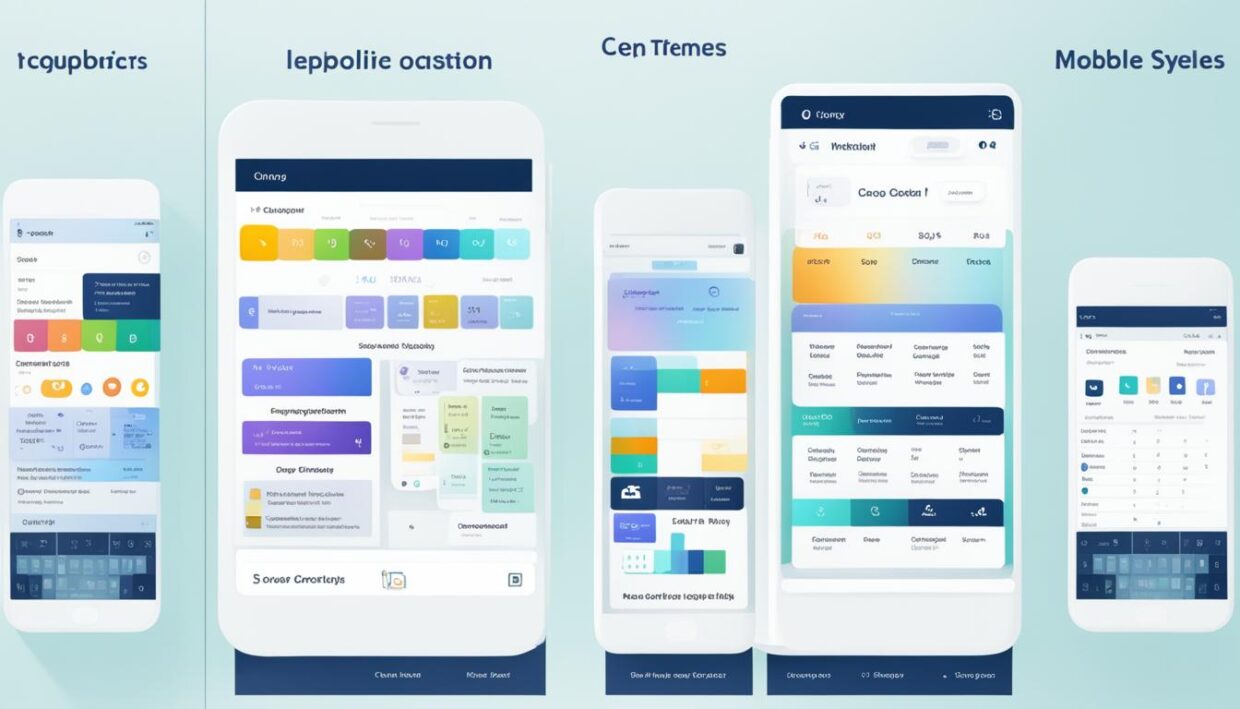
Android™, developed by Google in 2008, is an open-source smartphone OS built on Linux code. This approach encourages device manufacturers to customize the OS, allowing for widespread adoption across various devices, including smartphones, tablets, and even IoT devices. As of the latest statistics, Android™ holds about 47.51% of the global smartphone market share, underscoring its popularity in the industry.
In contrast, Apple’s iOS operates within a closed ecosystem, regulating apps and services available on its platform. Released with the first iPhone in 2007, iOS quickly gained traction due to its user-friendly interface and robust app ecosystem. With a market share of 41.97%, iOS remains a dominant player among smartphone OS options.
Additional mobile operating systems like KaiOS and Huawei’s HarmonyOS have emerged but generally account for much lower adoption rates, particularly in regions like the United States. KaiOS, for instance, powers basic phones and is designed for non-touchscreen devices, making it unique in its purpose.
| Feature | Android™ | iOS |
|---|---|---|
| Customization | Highly customizable by manufacturers | Limited customization options |
| App Ecosystem | Google Play Store | Apple App Store |
| Market Share | 47.51% | 41.97% |
| Latest Version | Android 14 | Latest iOS version |
| Security Model | Sandboxing architecture | Strict app review and permissions |
In summary, the distinction between Android™ and iOS highlights the diverse landscape of mobile operating systems. Each platform has developed its unique approach to user engagement and functionality, shaping how users interact with their devices and access digital content. Understanding these differences is crucial for consumers and developers aiming to navigate the mobile technology space effectively.
Importance of Apps in Mobile Phones
Mobile applications play a crucial role in enhancing the functionality of smartphones. The global revenue from mobile applications reached an impressive 318 billion U.S. dollars in 2020, highlighting the growing significance of app ecosystems in today’s digital landscape. From gaming to social media, apps cater to a wide array of needs, transforming how users engage with their devices.
Gaming applications have emerged as the most installed category, illustrating a clear demand for entertainment options. Beyond leisure, apps have revolutionized sectors such as communication, cooking, learning, and finance. This diverse functionality illustrates how mobile apps can impact various aspects of daily life, making smartphones indispensable tools.
Businesses increasingly rely on mobile applications to enhance customer engagement and boost brand recognition. With the rise in mobile phone and internet users, digital marketing has become more accessible, enabling companies to reach vast audiences effectively. Mobile apps provide businesses with the ability to interact with customers anytime and anywhere, creating a seamless connection between brands and consumers.
The competitive edge gained from incorporating mobile applications into business strategies cannot be overstated. Companies adopt these technologies to adapt to the digital era, offering unique services that attract consumers. For instance, in the healthcare sector, 87% of doctors utilize smartphones or tablets, showcasing the profound impact of mobile apps in professional environments. Notably, 70% of medical school faculty and students use at least one medical app regularly.
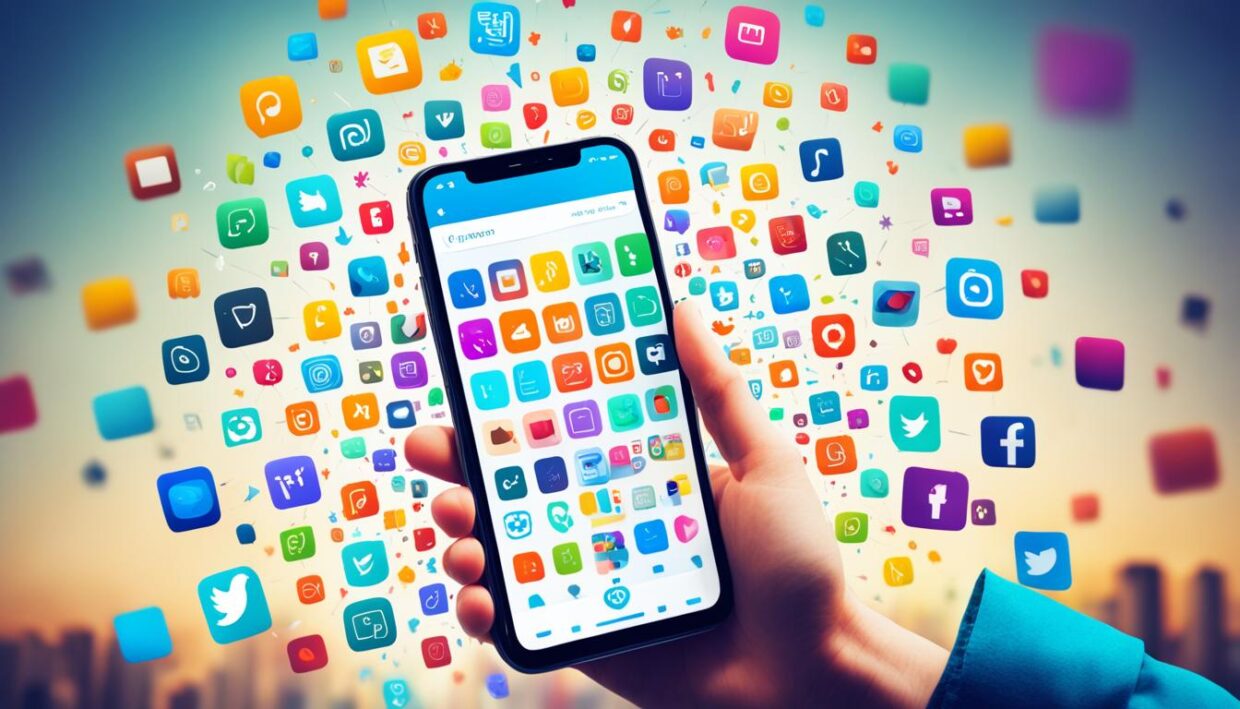
As mobile devices continue to evolve, the importance of mobile apps within app ecosystems will only grow. The future of smartphones hinges on the capabilities these applications provide, shaping user experiences and influencing market trends. Understanding this dynamic will be crucial for users and businesses alike as they navigate an increasingly app-driven world.
How Cellular Devices Enable Mobile Computing
Cellular devices have transformed the landscape of mobile computing, allowing users to remain connected and productive regardless of their physical location. With the implementation of cellular technology across devices, users can access the internet and utilize applications seamlessly. Modern smartphones integrate technologies including Wi-Fi and Bluetooth, enhancing various forms of communication and enabling efficient multitasking.
The evolution of mobile computing can be traced back to advancements in cellular networks such as 3G, 4G, and 5G, which facilitate high-speed data transmission. These networks not only support voice calls but also enable sophisticated uses such as video conferencing, instant messaging, and social networking. This aspect is vital for real-time collaboration among team members working remotely. As companies continue to adapt to telecommuting practices, communication devices serve as essential tools for connecting with colleagues and accessing crucial information.
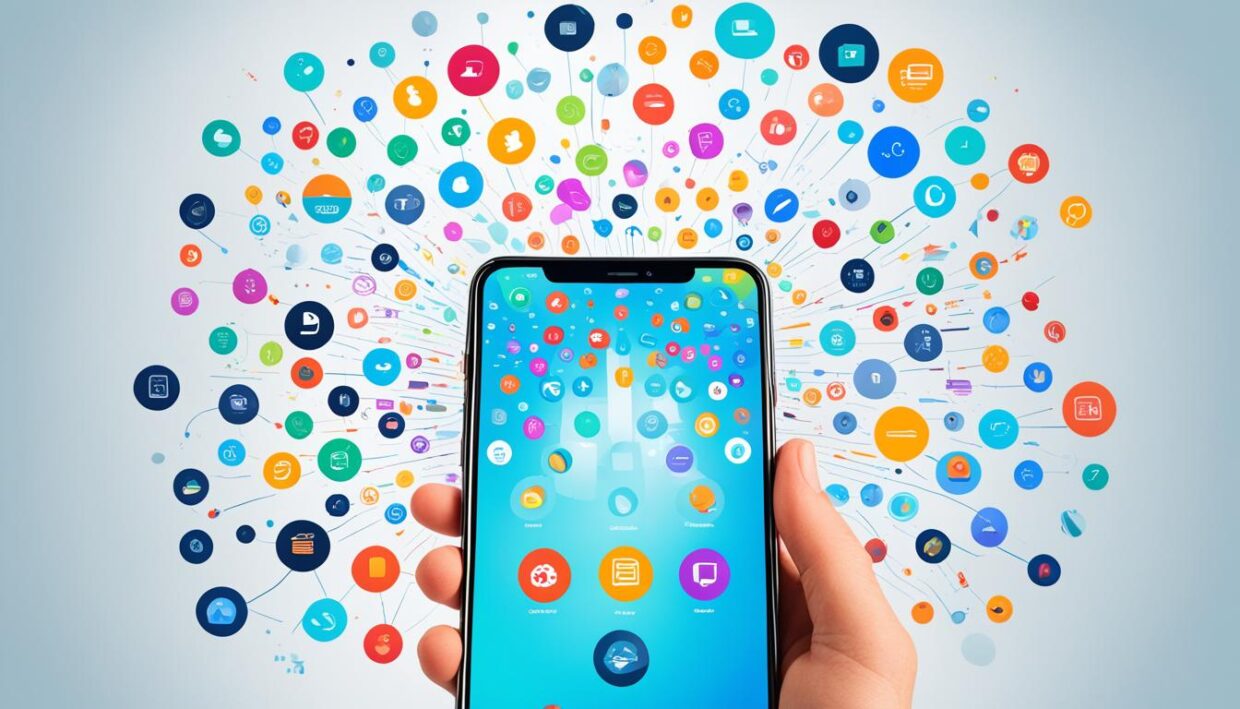
Communication devices contribute significantly to everyday activities. They provide emergency contact capabilities, social media access, and serve as platforms for multimedia communication. Users can enjoy the convenience of conducting business, staying in touch with friends, or streaming entertainment from virtually anywhere. With the continuous progression in portable electronics, the future looks bright for mobile computing as it promises even stronger connectivity and enhanced functionality.
Overall, the integration of mobile computing within cellular devices not only exposes users to endless possibilities but also revolutionizes how data and communications are managed in personal and professional realms. The impact of such technology is profound, contributing to the evolution of the internet of things (IoT) and paving the way for innovative applications in various industries.
Cellular Devices: Functionality and Usage
Cellular devices have transformed the landscape of communication and daily activities. Beyond their fundamental role in voice calls, these devices encompass a wide array of functionalities that enhance mobile usage across various sectors. Modern smartphones serve as multi-purpose tools, integrating capabilities such as photography, navigation, gaming, and personal assistance.

The versatility of smartphones has made them indispensable in countless scenarios. For instance, during public health emergencies, organizations utilized mobile data collection systems to rapidly gather and report critical information. The Magpi system proved effective, costing 71% less than traditional paper data collection methods. This efficiency not only reflects a significant reduction in expenses, but it also emphasizes how mobile devices facilitate data management in real-time.
- Communication: Cellular devices allow instant messaging and voice calls.
- Navigation: GPS functionality assists in travel and logistics.
- Photography: High-quality cameras in smartphones make capturing moments effortless.
- Entertainment: Many users leverage smartphones for gaming and media consumption.
- Data Collection: Tools like Magpi streamline the process of gathering and analyzing data on the go.
Smartphones exemplify the evolution of mobile technology, now equipped to handle diverse tasks efficiently. As mobile usage continues to rise, the integration of such advanced functionalities will only deepen, paving the way for more innovative applications in everyday life.
Wireless Connectivity: Bluetooth® and Wi-Fi in Cell Phones
Wireless connectivity has become a cornerstone of modern smartphones, with Bluetooth® and Wi-Fi playing vital roles in user experience. These technologies enable seamless interactions between devices and fast internet access, enhancing functionality and convenience.
Bluetooth® technology facilitates the exchange of data between devices over short distances, usually less than 30 feet. This capability allows users to connect various peripherals, such as headphones, speakers, and wearables, without the clutter of cables. As the technology has evolved, Bluetooth 5 has introduced extended range, increased data rates, and reduced congestion, making it more efficient for everyday use.
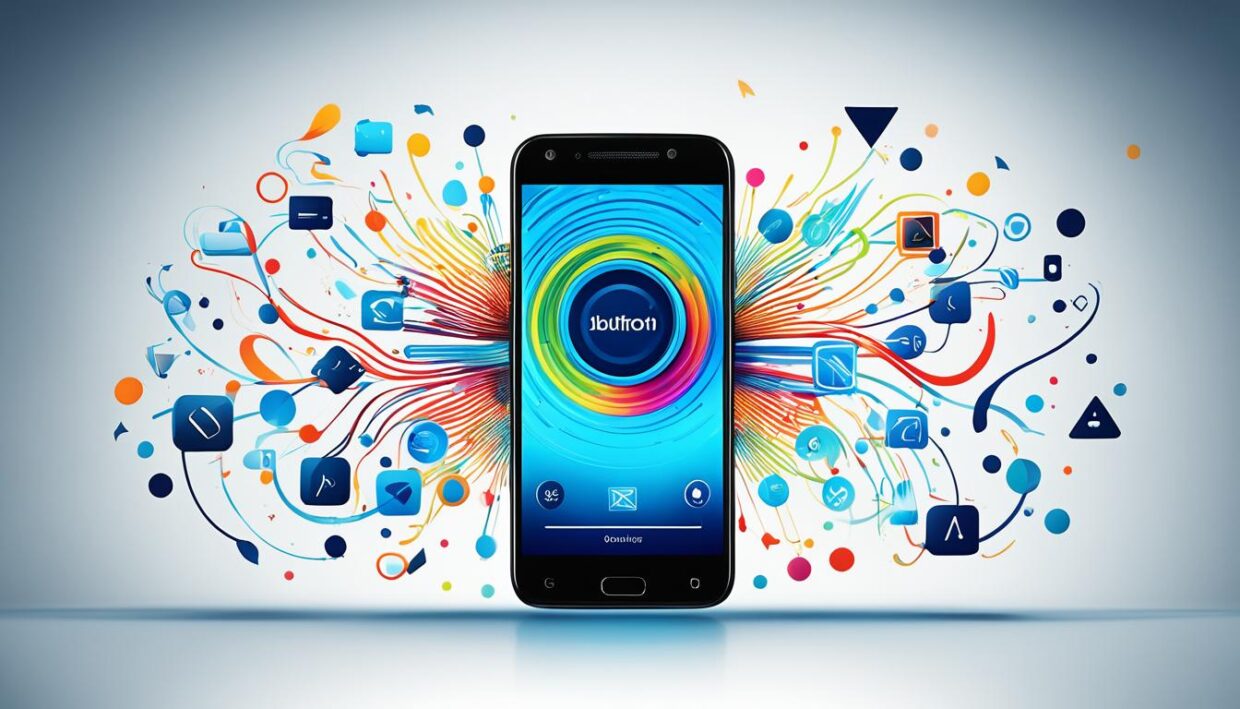
On the other hand, Wi-Fi is essential for internet access, particularly when streaming videos or downloading large files. Most smartphones and tablets are equipped with Wi-Fi capabilities, utilizing bands of 2.4GHz and 5GHz to deliver different ranges and speeds. Indoor ranges typically extend to about 150 feet, while outdoors, devices can connect up to 300 feet from the source.
“Utilizing Wi-Fi whenever available can help save on costly cellular data, providing a practical solution for data management.”
The evolution of Wi-Fi standards—from the initial release in 1997 to the upcoming Wi-Fi 7 in 2024—illustrates the continual improvement in speed and security. For instance, Wi-Fi 6 and 6E, based on the WPA3 security standard, enhance data protection significantly compared to previous versions. Users can expect theoretical speeds of up to 46 gigabits per second with Wi-Fi 7, showcasing the advancements made in wireless technology.
| Wi-Fi Standard | Frequency Bands | Theoretical Max Speed | Security Standard |
|---|---|---|---|
| Wi-Fi 4 (802.11n) | 2.4GHz, 5GHz | 600 Mbps | WPA2 |
| Wi-Fi 5 (802.11ac) | 5GHz | 3.5 Gbps | WPA2 |
| Wi-Fi 6 (802.11ax) | 2.4GHz, 5GHz | 9.6 Gbps | WPA3 |
| Wi-Fi 6E | 2.4GHz, 5GHz, 6GHz | 9.6 Gbps | WPA3 |
| Wi-Fi 7 (802.11be) | 2.4GHz, 5GHz, 6GHz | 46 Gbps | WPA3 |
In the world of smartphones, the ability to connect via wireless networks not only enhances user interactions but also provides vital connectivity options for various applications. Embracing both Bluetooth® and Wi-Fi capabilities allows users to navigate the mobile landscape with greater ease and efficiency.
The Impact of Touchscreen Technology on User Experience
Touchscreen technology has revolutionized user interaction with smartphones, significantly enhancing the overall user experience. The ability to manipulate on-screen elements directly creates a more intuitive and engaging user interface. This technology supports a range of gestures, such as swiping and pinching, which have become second nature for smartphone users.
The shift to touchscreen interfaces aligns with modern consumer behavior. Mobile devices now account for approximately 52.2% of all website traffic, indicating a clear preference for smartphones over traditional desktop computers. Users spend, on average, about 3.3 hours daily on their mobile devices, highlighting the importance of a seamless user experience.
Research shows that 90% of mobile users navigate across multiple devices to accomplish their tasks. Of these users, 72% find mobile-friendly websites crucial, revealing that touchscreen technology and responsive design together create a paradigm shift in how content is consumed on smartphones. A poorly designed mobile site leads to users abandoning their experience; 61% of people are unlikely to revisit a mobile site that failed to meet their needs.
To optimize touchscreen interactions, it’s essential to consider the average size of a user’s fingertip, which ranges from 10-14mm. Recommendations suggest that touch targets should measure a minimum of 44-57 pixels square to enhance interactivity. Although touch interactions can be slower and less accurate than using physical keyboards or mouse clicks, the intuitive nature of smartphones makes this technology preferred among users.
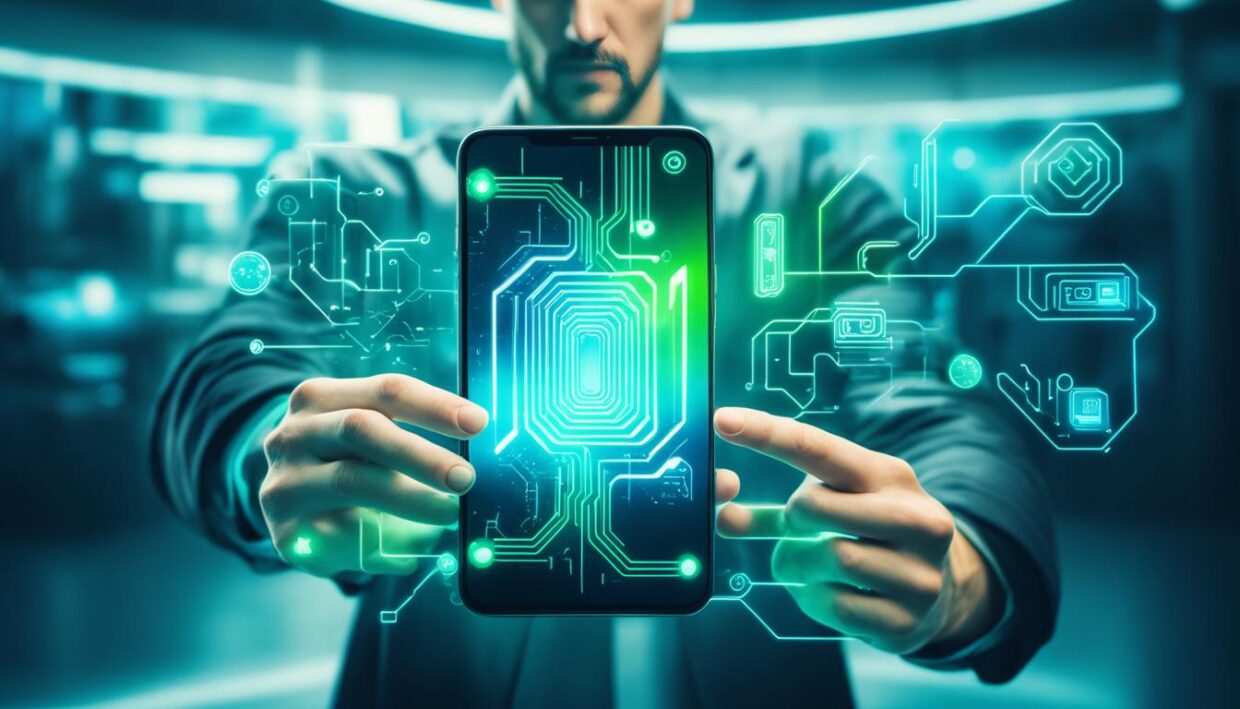
| Statistic | Percentage/Hours |
|---|---|
| Mobile website traffic | 52.2% |
| Average daily mobile usage | 3.3 hours |
| Users abandoning poor mobile sites | 61% |
| Users prioritizing mobile-friendly sites | 72% |
| Increased purchase intentions with touchscreen interfaces | Higher than non-touchscreen |
Touchscreen technology continues to evolve, inducing higher mental simulation and engagement during interactions. This has profound implications for consumer behavior, where psychological ownership is notably higher when using smartphones versus traditional computers, often leading to increased willingness to pay and purchase intentions.
Security Features of Cellular Devices
Security features play a crucial role in protecting smartphones from data breaches and unauthorized access. As mobile devices become increasingly integral to daily life, the importance of robust authentication methods cannot be overstated. The rise of remote work significantly amplifies this need, as employees may access sensitive information from various locations. Vulnerabilities are heightened when using public Wi-Fi, where hackers can exploit unprotected networks.
Common security features in smartphones include biometric authentication, such as Face ID and Touch ID. While these methods enhance privacy, they might not offer complete security. Dual-factor authentication remains highly recommended to create an additional barrier against potential intrusions. Password managers serve as excellent tools to generate strong, unique passwords, mitigating risks associated with weak passwords often reused across multiple accounts.
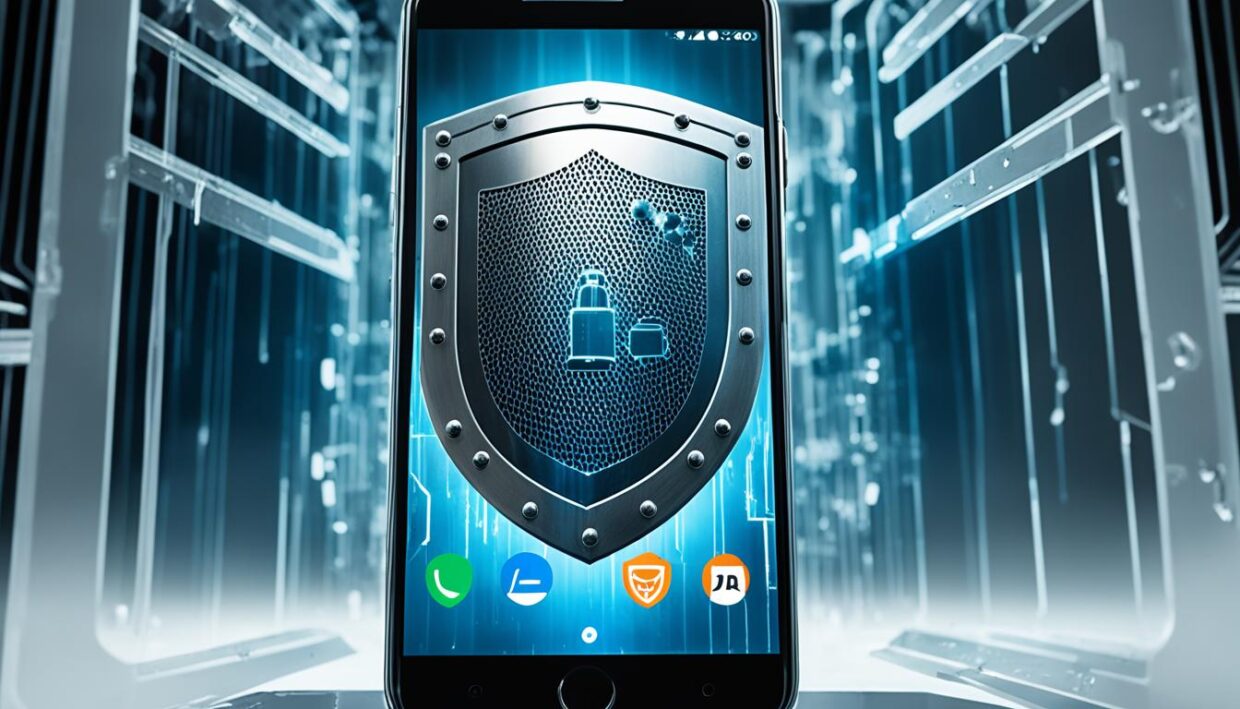
Built-in encryption features are another vital aspect of modern smartphones, providing essential layers of security. Despite the advancements, the threat landscape is evolving. Malicious apps are a fast-growing concern, targeting unsuspecting users. Regular updates to operating systems are essential, as they patch vulnerabilities and protect devices from the latest threats. Users should enable automatic updates to maintain optimal security.
Despite awareness of public Wi-Fi risks, alarming statistics reveal that 89% of individuals disregard these warnings. This behavior emphasizes the need for education regarding mobile device security and the significance of maintaining privacy while navigating the digital landscape. As cybercrime becomes more prevalent, enhanced security features are a critical investment in safeguarding personal and professional information.
Cellular Devices and the Evolution of Mobile Networks
The evolution of mobile networks has dramatically transformed the capabilities of cellular devices. Beginning with 2G, which introduced digital voice services, the focus shifted toward data as 3G networks enabled faster internet access and mobile applications. As consumer demand for connectivity grew, 4G technology further enhanced speeds and introduced features such as HD video streaming. The recent roll-out of 5G is set to revolutionize the landscape by offering unprecedented speeds and low latency, with the potential to support tens of billions of connected devices by 2025.
The integration of 5G networks combines both 4G LTE and 5G New Radio (5G NR) technology. This design ensures compatibility with existing applications, such as LTE-M and NB-IoT for mobile IoT. With enhanced mobile broadband tailored for consumers and new use cases demanding high data volumes, 5G networks cater to our ever-increasing need for connectivity. This generation also emphasizes faster critical communications, improved quality of service, and increased security, adapting to the complexities of modern digital life.
It’s essential to recognize the implications of these advancements on different aspects of society. For instance, as 2G networks are phased out to allocate resources for more advanced technologies, the demand for enhanced capabilities in areas like streaming and IoT applications continues to rise. LTE-M and NB-IoT serve specific IoT needs, ensuring long battery life and optimal network access in remote locations, thus fulfilling diverse requirements across various applications.

The growth of mobile networks creates an interconnected environment where innovation flourishes, enabling the hyperscale Internet of Things. The amalgamation of diverse connection types and devices fosters creativity and drives technological advancements. Industry analysts project that by 2025 there could be approximately 2.7 billion 5G connections and that the influence of this evolution will further lay the foundation for future developments in cellular technology.
| Network Generation | Key Features | Typical Use Cases |
|---|---|---|
| 2G | Digital voice, SMS | Basic mobile communication |
| 3G | Faster internet, mobile apps | Web browsing, video calls |
| 4G | HD video streaming, high-speed mobile internet | Streaming services, social media |
| 5G | Ultra-fast speed, low latency, massive device connectivity | IOT applications, smart cities |
In summary, the progression from 2G to 5G has not only enhanced cellular technology but has also paved the way for vast improvements in user experience and technological innovation. Each generation builds upon the last to create more efficient and capable mobile networks, shaping the future of connectivity.
Exploring Wearable Tech and Its Integration with Cellular Devices
Wearable tech has gained immense popularity over the past few decades, significantly transforming how we interact with our cellular devices. The integration of wearables like smartwatches and fitness trackers enhances the functionality of smartphones, bridging the gap between technology and daily life.
Initially introduced in the 1970s with the Pulsar calculator wristwatch, wearable technology has evolved immensely. The 1980s brought the Sony Walkman, revolutionizing how users experienced music. In the 2000s, we saw an explosion of wearable tech with devices such as Bluetooth headsets and Fitbits, paving the way for today’s sophisticated smartwatches and fitness trackers.
![]()
- Heart rate monitoring
- Step counting and fitness tracking
- Sleep tracking
- Notification management
- Music playing capabilities
- Access to various apps
Fitness trackers, on the other hand, primarily focus on monitoring daily activities, providing users with vital health and fitness information. This real-time data fosters informed decision-making about personal well-being.
The integration with cellular devices promotes seamless communication. Smartwatches enable users to receive calls, messages, and notifications directly on their wrists, enhancing accessibility without needing to grab their smartphones. Approximately 89% of wearable tech supports such communication capabilities, showcasing their role in maintaining connectivity.
As technology continues to advance, wearable devices become increasingly robust, incorporating features like GPS for precise tracking during outdoor activities and machine learning to personalize user experiences. The future appears promising for wearable tech as it leads the way in health monitoring, fitness tracking, and improved user interaction.
Conclusion
As we delve into the ever-evolving landscape of cellular devices, it’s clear that these portable electronics have transformed the way we communicate and interact with the world. With a staggering 97% of Americans utilizing cell phones as of April 2021, the prevalence of mobile technology is undeniable. Smartphones, enhanced with advanced features and capabilities, have become indispensable in our daily lives, facilitating everything from social connection to professional tasks.
Moreover, the ongoing advancements in cellular devices are bound to have far-reaching implications for our future communication and connectivity. While there are concerns surrounding the potential health risks associated with mobile phone use, such as those highlighted by the American Cancer Society and other research entities, the consensus remains that more investigation is needed. It’s essential for users to stay informed and consider recommendations, like using hands-free devices to limit exposure.
In summary, the impact of cellular devices extends beyond simple communication; they foster a new era of mobile computing and accessibility. As these technologies continue to advance, their integration into various facets of our lives will only deepen, making them a cornerstone of modern society and a driving force in the face of future innovations.




















Be the first to leave a comment